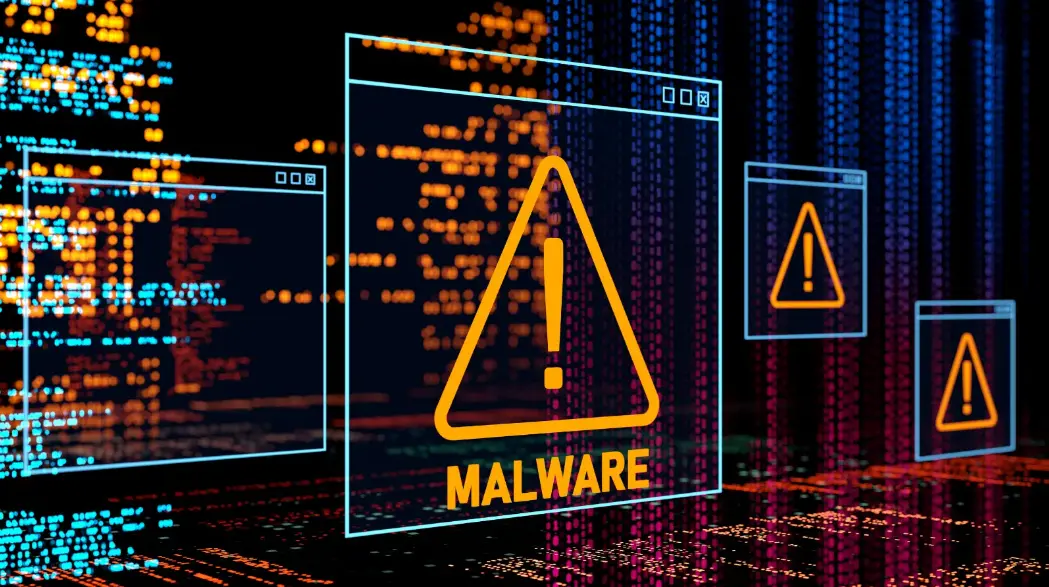In a world where businesses rely on their digital systems to operate, a single failure can have devastating consequences — from financial losses to irreparable reputational damage. According to an IBM report, the average cost of a data breach reaches $3.9 million, and 60% of SMEs that suffer a cyberattack shut down within 6 months. Disaster recovery (DR) and business continuity (BC) are essential strategies to ensure your company can keep running when faced with unexpected events such as cyberattacks, hardware failures or natural disasters.
In this article, we’ll explore what a disaster recovery plan is, why it’s crucial for businesses in Spain, and how Inmove IT Solutions can help you implement it using cutting-edge technology. From cloud backups to 24/7 support, we’ll guide you to ensure your business is prepared for the unexpected.
What is disaster recovery and business continuity?
Definition and key differences
Disaster recovery (DR) focuses on restoring critical IT systems after an interruption, such as a ransomware attack or hardware failure. On the other hand, business continuity (BC) takes a broader approach, ensuring that all business areas — from operations to communications — can continue to function during and after a crisis.
Key differences:
• DR: Restoring data, applications and IT systems. For example, recovering a server after a failure.
• BC: Strategies to maintain overall operations, such as ensuring employees can work remotely during a natural disaster.
Both strategies are complementary and essential for complete protection. An effective disaster recovery plan ensures that your data and systems are up and running quickly, while a business continuity plan guarantees that your company does not lose clients or revenue during the process.
A curious fact
Did you know that the concept of disaster recovery began in the 1970s? After a massive fire at a data centre in New York, companies started creating formal plans to protect their data — marking the beginning of modern disaster recovery.
Why is a disaster recovery and business continuity plan crucial?
Minimising downtime
Downtime can be devastating. According to Gartner, the average cost of one hour of downtime for a mid-sized company is €300,000. A well-designed disaster recovery plan reduces this time to a minimum, allowing critical systems to become operational within hours or even minutes.
Protection against cyberattacks
Cyberattacks, such as ransomware, are one of the biggest threats facing modern companies. In 2023, 66% of SMEs experienced at least one ransomware attack, according to a Sophos study. An effective DR plan includes secure backups that allow you to restore data without having to give in to attackers’ demands.
Regulatory compliance
Regulations like the General Data Protection Regulation (GDPR) in Europe require companies to implement security measures and contingency plans to protect sensitive data. Not having a continuity plan in place can result in legal penalties and significant fines.
Strengthening reputation
Companies that recover quickly from an incident show reliability and professionalism, which builds trust among clients, partners and investors. In contrast, extended downtime can lead to customer loss and a damaged brand reputation.
Preparedness for natural disasters
In areas such as Barcelona, where natural disasters like floods may occur, a business continuity plan ensures your company can keep operating — even if the physical office is unavailable.
How to create a disaster recovery plan: step-by-step guide
Implementing a disaster recovery and business continuity plan doesn’t have to be complicated. Here’s a practical guide to help you get started:
- Risk assessment and business impact analysis (BIA)
Identify potential threats (cyberattacks, hardware failures, natural disasters) and evaluate their impact on your business. For example, what would happen if your main server failed for a full day? A business impact analysis will help you prioritise the most critical systems. - Define recovery objectives
Set the RTO (Recovery Time Objective — the maximum acceptable downtime) and the RPO (Recovery Point Objective — the maximum amount of data you can afford to lose). For example, an RTO of 4 hours means your systems must be operational within 4 hours of an incident. - Implement backups
Use solutions like InmoCloud from Inmove IT Solutions to create automated, secure cloud backups. Ensure backups are encrypted and stored in redundant locations to guarantee availability. - Build resilient infrastructure
Technologies such as hyperconvergence and virtualisation (VDI) allow employees to access their desktops from anywhere, even during a crisis. This is especially useful to ensure business continuity during remote work scenarios. - Response and recovery protocols
Define clear procedures: who will activate the plan? What steps will be followed to restore systems? Document everything and make sure the IT team is properly trained. - Run regular tests and simulations
Carry out disaster simulations (e.g., a mock ransomware attack) to test the plan’s effectiveness. This will help you spot weaknesses and refine procedures.
Inmove IT Solutions’ disaster recovery and business continuity solutions
At Inmove IT Solutions, we offer a set of tools and services designed to protect your business and ensure it operates under any circumstances. Here are some of our key solutions:
1. Cloud computing and virtualisation
• InmoCloud: Our cloud backup solution enables automatic backups and data recovery within minutes. With AES-256 encryption and redundant storage, your data is always secure and accessible.
• Virtual desktops (VDI): Ensure your employees can work from anywhere with secure, high-availability virtual desktops.
• Cloud servers: High availability and scalability to ensure your critical systems never fail.
2. Comprehensive cybersecurity
• Sophos protection: We implement advanced Sophos solutions to protect you against ransomware, malware and other threats.
• Real-time monitoring: We detect and neutralise threats before they cause damage.
• Security updates: We keep your systems protected with the latest patches and updates.
3. 24/7 IT maintenance and support
• Fast response: Our support team is available 24/7 to resolve any incident, minimising downtime.
• Remote and on-site assistance: We provide support tailored to your needs — either remotely or at your Barcelona offices.
4. Communications and IP telephony
• VoIP solutions: We implement cloud-based VoIP systems to ensure uninterrupted communications, even during a crisis.
• Secure systems: Our IP telephony solutions include encryption to protect your business communications.
Success story: how we saved an SME from a ransomware attack
An SME in Barcelona experienced a ransomware attack that encrypted their critical data. Thanks to automatic backups with InmoCloud and our 24/7 support, we managed to restore their systems in under 3 hours, avoiding financial losses and keeping the business operational. This case shows how a disaster recovery plan can make all the difference.
Benefits of working with Inmove IT Solutions in Barcelona
• Local expertise: We understand the needs of Spanish businesses, especially in the Barcelona area, and offer solutions tailored to the local market.
• Personalised approach: We design custom disaster recovery and continuity plans for your business.
• Cutting-edge technology: We use the latest innovations in cloud, cybersecurity and virtualisation to ensure your resilience.
Conclusion
A disaster recovery and business continuity plan is not a luxury but a necessity for any business that wants to protect itself against the unexpected. From cyberattacks to natural disasters, being prepared can make the difference between success and failure. At Inmove IT Solutions, we offer comprehensive solutions that combine advanced technology, 24/7 support and a personalised approach to ensure your business remains secure and operational.
Protect your business today!
Request a free audit with Inmove IT Solutions and discover how we can help you implement an effective continuity strategy. [Link to contact page]
Frequently asked questions (FAQ)
1. What is a disaster recovery plan and why do I need one?
A disaster recovery (DR) plan is a set of procedures to restore critical systems after an incident. You need it to minimise downtime and protect your business from financial loss.
2. How often should I update my disaster recovery plan?
It’s recommended to review it at least once a year or after significant changes to your IT infrastructure, such as adopting new technologies.
3. Are cloud backups secure?
Yes, as long as they are implemented with encryption and proper access controls. InmoCloud by Inmove IT Solutions uses AES-256 encryption and redundant storage to keep your data safe.
4. What’s the difference between a backup and a disaster recovery plan?
A backup is simply a copy of your data, while a disaster recovery plan includes detailed procedures to restore complete operations, not just the data.
5. What happens if my company doesn’t have a business continuity plan?
Without a plan, your company could face major financial losses, reputational damage, client loss, and even legal penalties for non-compliance.
6. How can Inmove IT Solutions help me with disaster recovery in Barcelona?
We provide tailored solutions, from cloud backups to 24/7 support, specifically designed for the needs of companies in Barcelona.

